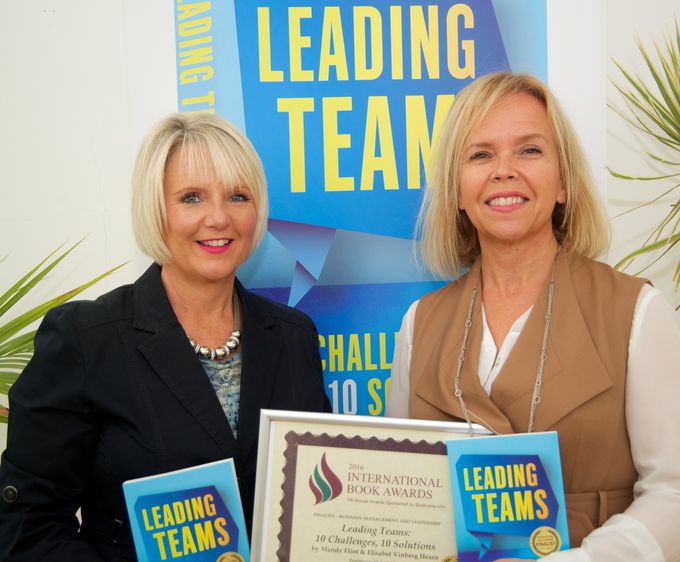The future holds challenges that we know nothing about. The increasing speed of change in the world of business, and in the society as a whole, makes us realise that we need to become more and more innovative to find the solutions that are needed for the future.
Yes, innovation is key and leadership is one of the main vehicles to make it happen.
Leaders set the tone in an organisation for what is expected, what is acceptable and what is the norm. There’s plenty leaders can do to create an environment where the kind of innovation the future demands can flourish.
Many organisations will have “innovation” as a buzzword in their values or vision and mission statement, but what is the differentiating factor between the ones that really innovate and those that don’t? The behaviours that back up the actions are the key.
Let’s get practical. Here are five leadership behaviours that can help create an innovative culture and environment
Curiosity
Leaders need to let go of any “need to be right”, they need to get rid of any sense of prestige and admit that they don’t know everything. Great innovation leaders are curious and open-minded, realising that what they knew yesterday may already be out-dated. Great leaders don’t get complacent, they keep looking outwards and inwards to see what’s going on; what’s happening in the world, what does the society need, what do customers need, what problems need solving, what opportunities exist, how can we thrive in the long-term? They constantly look at themselves to challenge themselves on this too.
Inclusiveness and generosity
No one has all the answers. When leaders start sharing their leadership with others, by including others in discussions and decisions, a multitude of ideas and inspiration can start to cross-pollinate, enabling the creation of new ideas and solutions for innovative results. Great innovative leaders continuously invite their employees and other stakeholders to open, explorative and challenging dialogue.
Long-term thinking
Business is so much more than the ‘here and now’, yet many people get caught up in the urgencies of the moment. And as much as this is needed, great leaders are able to balance long- and short-term thinking, by setting goals and creating plans to achieve that balance. They spend time in the strategic, future space. They ensure they move away from the day to day to allow for the new, different and future thinking that is needed to innovate. Great innovation leaders continuously invest in R&D, budgeting with a long-term focus – always investing for the future and sustainable business results.
Courage and resilience
With changes and progress come mistakes. There is no way that everything that is tried becomes a success. Indeed, some of the greatest innovations and results come from daring to try and learning from mistakes. Just look at Thomas Edison’s famous “mistake” where he tried thousands of times to invent the lightbulb! Imagine if he had given up! But he didn’t. He had the courage to keep trying new things and the resilience to not give up despite the setbacks. Great leaders encourage and coach others to take calculated risks and to learn from them.They are OK to shut ideas down if they don’t work, not seeing it as failure but as new results to get closer to what is new and different. There is no such thing as failure, only results.
Innovation coaching
Everyone benefits from coaching, particularly in a fast-changing world. Great leaders notice what their employees do and help them to hold up a metaphorical mirror on the work they do and how they perform it. This helps employees to keep learning and developing in line with the need for innovation and progress.
They give people really good, specific feedback and observations on what went well and what could have gone better, all with the positive intent of creating learning. They create a learning culture by helping others to succeed and this allows for innovation to take place.
Transformational, lasting change happens at a behavioural level, so these five behaviours are crucial to success. Leaders have to create a learning culture in themselves as leaders and in others to make innovation really happen.
Mandy Flint and Elisabet Vinberg Hearn are leadership development experts. They are the authors of “Leading Teams – 10 Challenges: 10 Solutions”. Download a free chapter at www.leadingteamsbook.com


